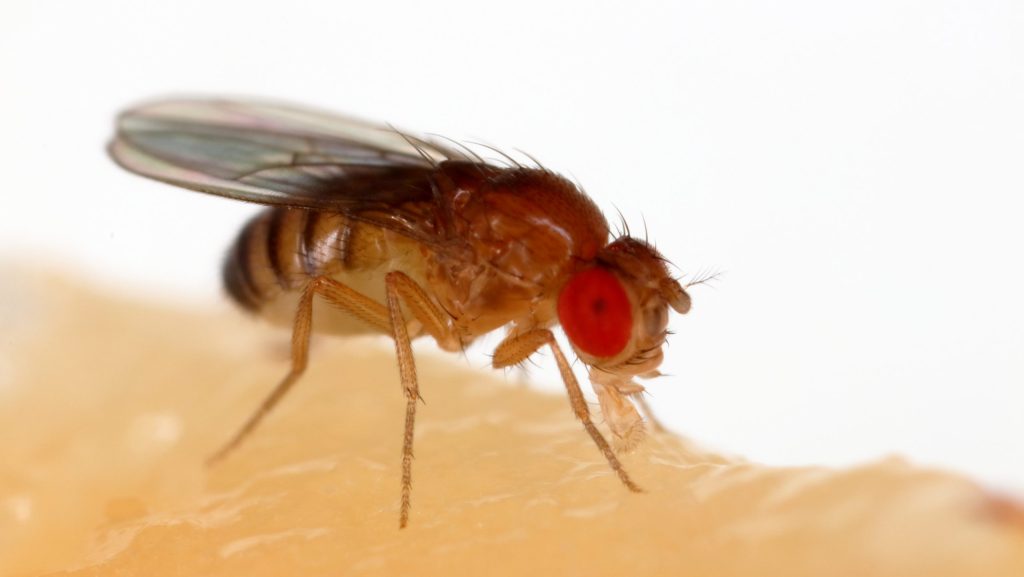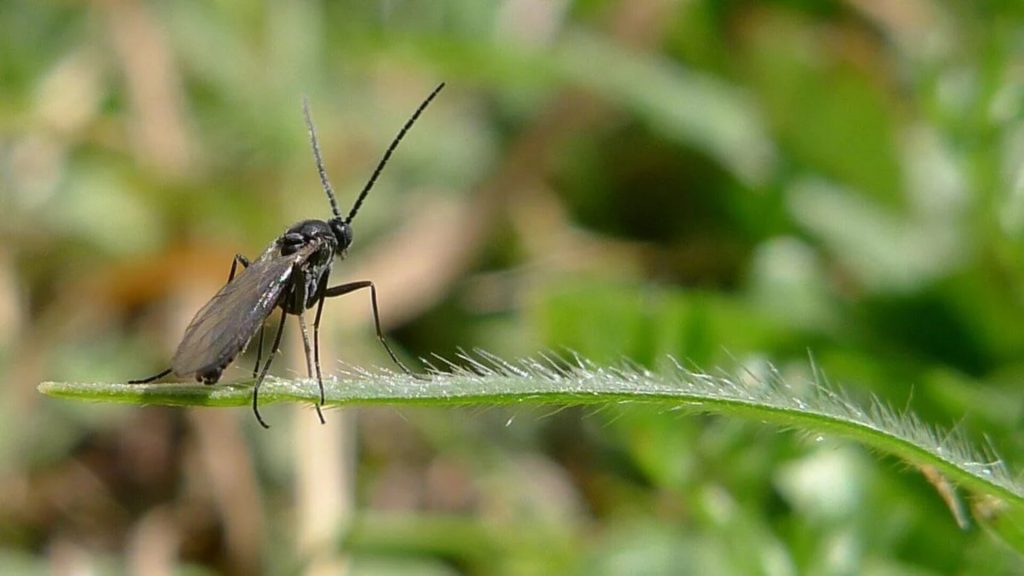Key Takeaways
-
Fruit Fly Appearance: Tan-colored with red eyes, fruit flies are drawn to fermenting produce and sugary residues.
-
Gnat Characteristics: Gnats look like tiny mosquitoes and thrive in moist soil, especially in overwatered houseplants.
-
Breeding Habits: Fruit flies breed in overripe fruits and drains, while gnats lay eggs in damp soil.
-
Prevention Tips: Store produce properly and clean drains for fruit flies; dry soil and clear plant debris for gnats.
-
DIY Control Methods: Use vinegar and dish soap traps to reduce both fruit fly and gnat populations effectively.
What Are Fruit Flies?
Fruit flies are small insects that are attracted to fermenting fruits and vegetables. They are among the most common pests found in kitchens and food storage areas.Key Characteristics of Fruit Flies
-
Appearance: Fruit flies are tiny, about 1/8 inch long, with tan or yellowish bodies and noticeable red eyes.
-
Habitat: They thrive around overripe produce, trash bins, and drains where organic material accumulates.
-
Behavior: Active during the day, fruit flies breed quickly in warm, moist environments.

What Are Gnats?
Gnats are small, mosquito-like insects that belong to several species, including fungus gnats. They are often seen indoors around houseplants or in areas with high moisture levels.Key Characteristics of Gnats
-
Appearance: Gnats are small with slender, dark bodies and long legs, resembling tiny mosquitoes.
-
Habitat: They thrive in moist soil and decaying matter, especially near potted plants and damp indoor areas.
-
Behavior: Gnats are drawn to moisture and organic material, commonly breeding in sinks, drains, and overwatered plants.
Signs of Fruit Fly Infestation
- Tiny flying insects near overripe fruits, vegetables, or sugary substances.
- Presence of fruit flies around trash bins, compost piles, or kitchen drains.
- Sightings of adults hovering near fermenting organic matter.
Signs of Gnat Infestation
- Small flying insects near potted plants or in damp indoor areas.
- Gnats hovering near sinks, drains, or moist environments.
- Larvae present in the soil of houseplants, often feeding on fungi or organic debris.


Not getting a solution?
Get your free pest control estimate today!Fruit Fly vs. Gnat: Key Differences
Understanding the differences between fruit flies and gnats is crucial for effective pest control.| Feature | Fruit Flies | Gnats |
|---|---|---|
| Color | Tan or yellow with red eyes | Dark grey or black |
| Body Shape | Rounded body | Slender body with long legs |
| Habitat | Overripe fruit, drains, and trash | Moist soil, damp areas |
| Activity | Active during the day | Active all day, often seen in the evening |
| Attraction | Fermenting produce, sugary items | Moisture, organic debris |
Do Gnats Turn Into Fruit Flies?
No, gnats and fruit flies are separate species with different life cycles. Fungus gnats lay eggs in moist soil, and their larvae feed on fungi and decaying plant matter. Fruit flies, on the other hand, lay eggs on fermenting fruits or vegetables, where their larvae develop.
Identifying Fruit Flies
- Look for tiny, tan insects with red eyes near fruits or sugary substances.
- Check areas like kitchen counters, trash bins, and drains for activity.
- Use traps with vinegar or fruit to confirm their presence.
Identifying Gnats
- Look for small, dark insects with long legs hovering near plants or damp areas.
- Inspect potted plants for larvae in the soil or adults flying around.
- Check drains, sinks, and bathrooms for signs of gnat activity.
Tips to Prevent Flies
-
Dispose of Overripe Produce: Remove decaying fruits and vegetables quickly to prevent attracting fruit flies.
-
Clean Drains: Sanitise drains and garbage disposals regularly to eliminate fruit fly breeding grounds.
-
Store Food Properly: Keep produce in sealed containers or refrigerate to reduce exposure to flies.
-
Use Traps: Use apple cider vinegar and dish soap traps to catch adult fruit flies effectively.
Tips to Prevent Gnats
-
Avoid Overwatering Plants: Let the soil dry between watering to prevent excessive moisture that attracts gnats.
-
Remove Organic Debris: Clean out dead leaves and decaying material from plant pots to reduce breeding grounds.
-
Improve Drainage: Ensure pots have proper drainage to avoid water buildup and gnat infestations.
-
Use Sticky Traps: Place yellow sticky traps near plants to catch and monitor adult gnats.





